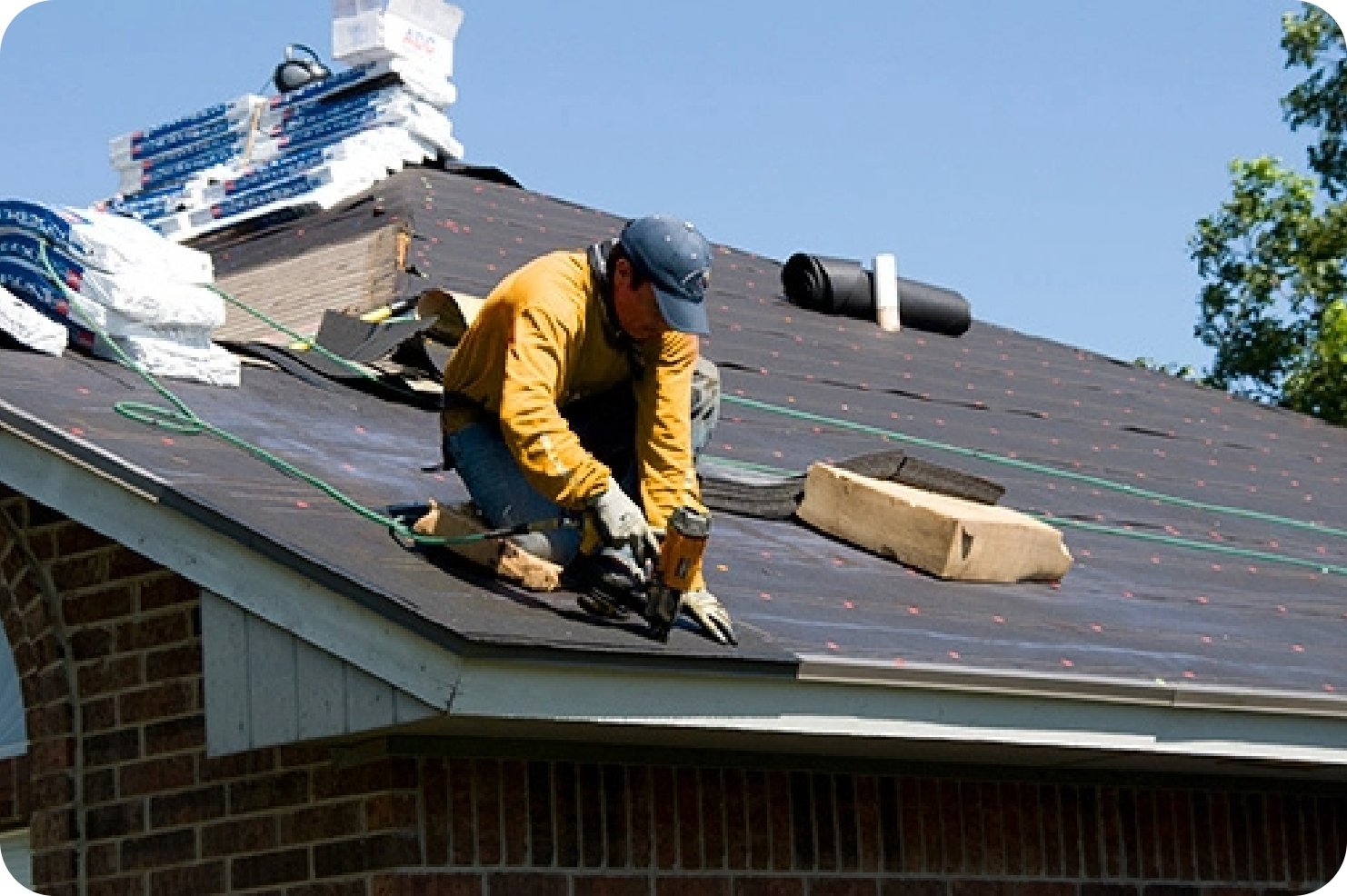Blitz News Digest
Stay updated with the latest trends and insights.
When Your Roof Starts Leaking: The Battle Against Drip Drama
Uncover secrets to tackle roof leaks and stop drip drama in its tracks—don’t let water win! Discover solutions now!
Identifying the Signs of a Roof Leak: What to Look For
Identifying the signs of a roof leak is crucial to preventing extensive damage to your home. One of the most obvious indicators is the presence of water stains on your ceiling or walls. These stains often appear as dark spots or smudges and can extend in rings, indicating that water has pooled in that area over time. In addition to spotting stains, look for peeling paint or warped drywall, which are also common signs that moisture is seeping in. If you notice a musty smell, it may be a signal of mold growth due to prolonged water exposure, further emphasizing the need to address the issue immediately.
Another key indicator of a roof leak is the appearance of missing or damaged shingles. Inspect your roof for any shingles that appear cracked, curled, or entirely missing, as these can leave your home vulnerable to the elements. Additionally, exterior areas around chimneys, vents, and skylights should be checked closely, as these are common leak entry points. If you have gutters, ensure they are clean and free from debris, since clogged gutters can cause water to back up and seep under your shingles. Regular maintenance and inspections can help you catch these signs early, saving you time and money in repairs.

Top 5 Quick Fixes for Minor Roof Leaks
Minor roof leaks can become a significant headache if not addressed promptly. Fortunately, there are several quick fixes you can implement to manage these pesky leaks until a more permanent solution is possible. Here are the top 5 quick fixes for minor roof leaks:
- Seal with Roofing Cement: Identify the leak’s source and apply a generous amount of roofing cement to the area. This material can effectively block liquid penetration and is ideal for quick repairs.
- Use a Temporary Patch: For larger damages, consider using a patch made from a piece of rubber or similar material, secured with roofing adhesive.
- Clear Debris: Sometimes, leaks occur due to blocked gutters or debris on the roof. Regularly cleaning the roof and gutters can prevent water accumulation and leaks.
- Install a Tarp: If the rain is heavy and immediate repairs aren't possible, laying a tarp over the affected area can help divert water and minimize damage.
- Check Flashings: Inspect the flashings around vents and chimneys. If they are loose or damaged, resealing them with appropriate sealant can provide a quick and effective solution.
Should You Repair or Replace Your Roof? Key Considerations
When faced with the decision of whether to repair or replace your roof, it's essential to consider several key factors. Start by evaluating the age of your roof; typically, roofs have a lifespan of 20 to 25 years. If your roof is nearing the end of its life cycle, investing in repairs may only provide a temporary solution. Additionally, inspect the extent of the damage. Minor leaks or missing shingles can often be repaired, while widespread damage may indicate a need for a full replacement. It's also wise to consider your budget, as repairing can be less expensive upfront, but ongoing issues may accumulate costs over time.
Another crucial aspect to ponder is the overall condition of your roof. Look for signs of structural damage, such as sagging or rotting wood, which are serious red flags. Also, consider your home’s long-term needs; if you plan to stay long-term, a full replacement might be the wiser investment. Furthermore, keep in mind the energy efficiency of your roof. A new roof can significantly reduce heating and cooling costs, making it a worthwhile consideration in the long run. In summary, weigh your options carefully, and consult with roofing professionals to make an informed decision that best suits your situation.